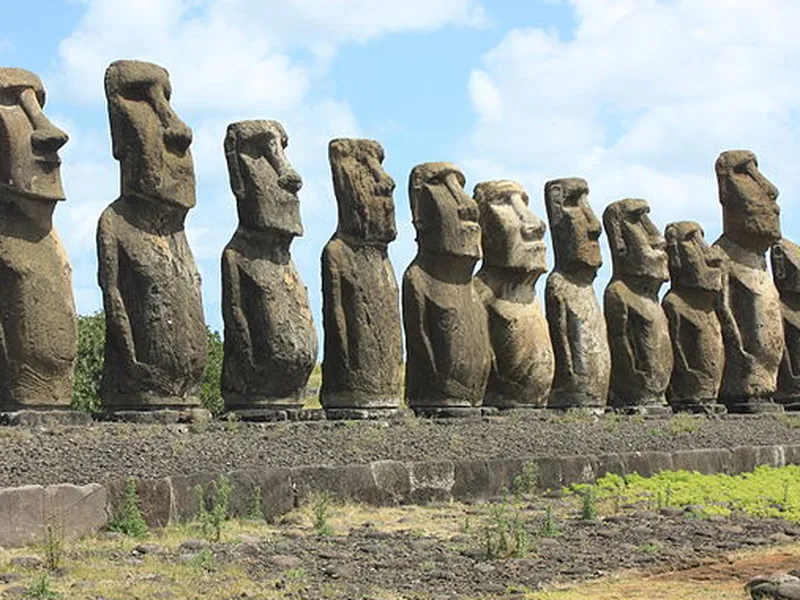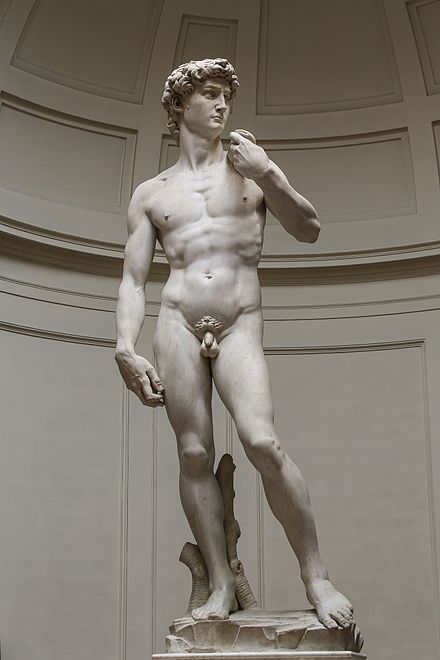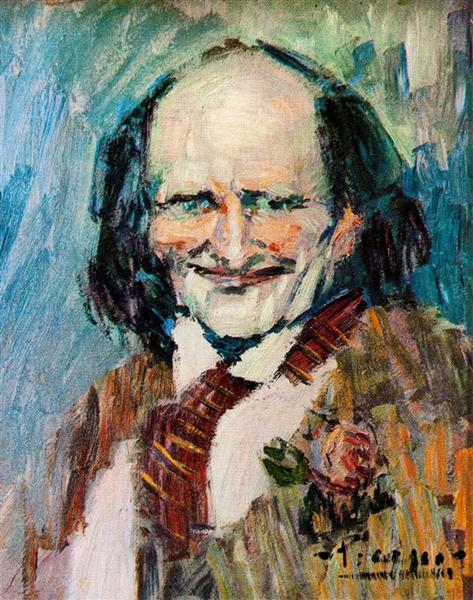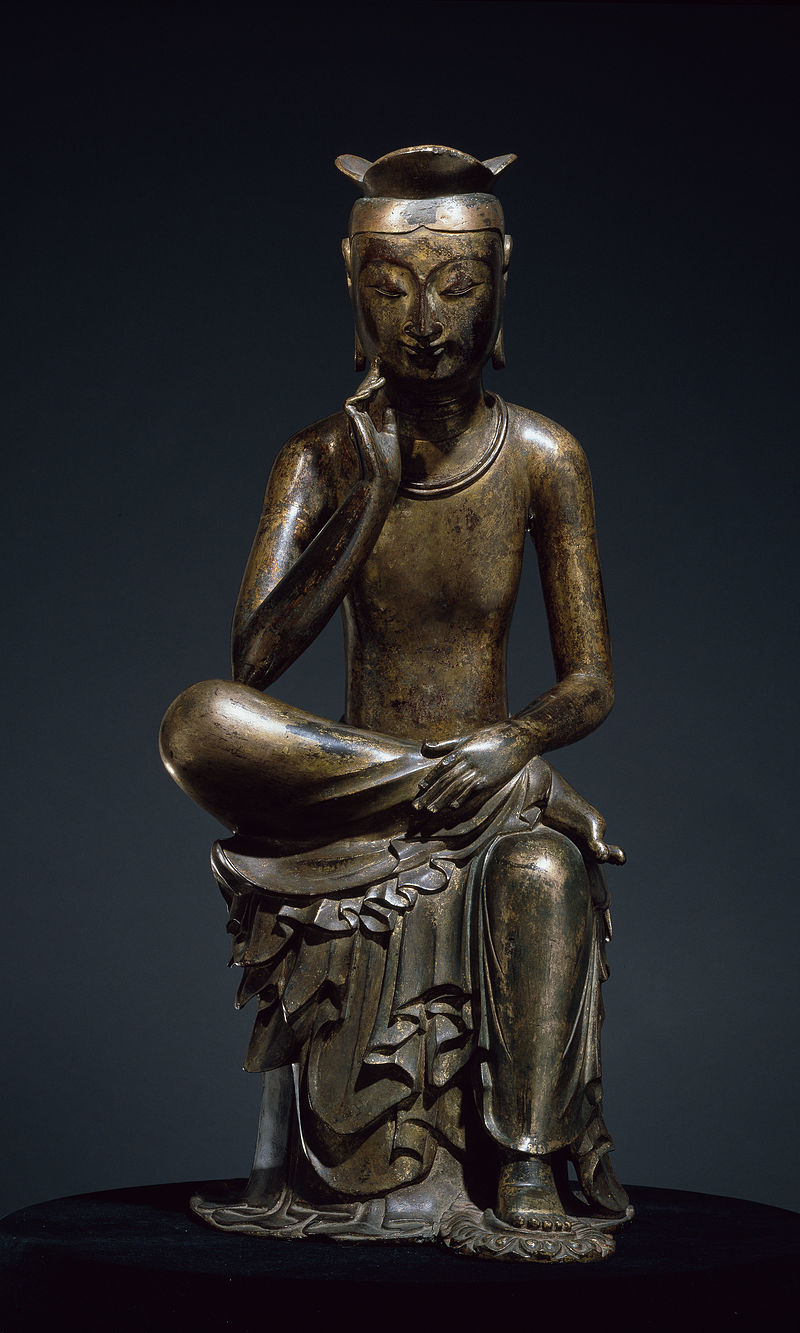The Mysterious Monoliths of Easter Island
These monolithic human figures were carved by the Rapi Nui people of Polynesia between the years of 1250 and 1500. I have always been intrigued by these pieces for reasons too numerous to mention here; however, I shall relate the supreme contention as satisfaction enough. Of the 887 known statues, the transportation and composition of these were magnificent feats of physical achievement! The average monolith stood approximately 13′ tall, 6′ across and weighed over 13 tons. The heaviest and tallest known (though incomplete) would have boasted at
69′ tall and weigh 270 tons!
The human figures themselves would have been originally outlined in a gigantic wall of solid rock from a quarry on the island; consequently, it would have been chipped away until the figure itself only stood (this must have taken hundreds of people and many years of back-breaking work).
As for the superficial characteristics of the statues, they have long, broad noses, deep eye sockets, large heads that are disproportionate to the bodies supporting them, lanky arms with “stringy” fingers, and no legs.
Scholars have theorized that these monoliths were symbols of authority and power; to the ancient Polynesians who carved them, they were physical manifestations of spiritual knowledge. Others share a belief that they were repositories of their ancestors. The red “Pukao” (hat) on the tops of some of these pieces were of significant cultural status to the people associated with them; they were, perhaps, chiefs (warlords) or spiritual healers. (It should be noted that it is not known how these hats were placed on the statues, let alone with impeccable accuracy!) The expressions of the faces are the most mystical. No two are alike and they seem to hold back, perhaps, consternation or remorse or just candid concern. The antique figures (for the most part) always face away from the ocean; it seems to suggest that they embrace a symbolic “watch” to all the inhabitants of the island. To give more flavor to the legend itself, it is said that the statues rose from the ground (as commanded by the Gods) and walked to their destination they now occupy on the island. These monoliths are an extravagant testament to an ancient culture that once flourished in an aqua pall over the mighty Pacific Ocean.
(Aghast! I forgot to mention that this tiny piece of prose is dedicated to my father, the late John Grago, who spent a number of considerable years in the South Pacific. He possessed an enormous interest in Oceania and Oriental cultures. Perhaps, because of his wartime service there. R.I.P., Dad…)

© 2024, Mark Grago. All rights reserved.




